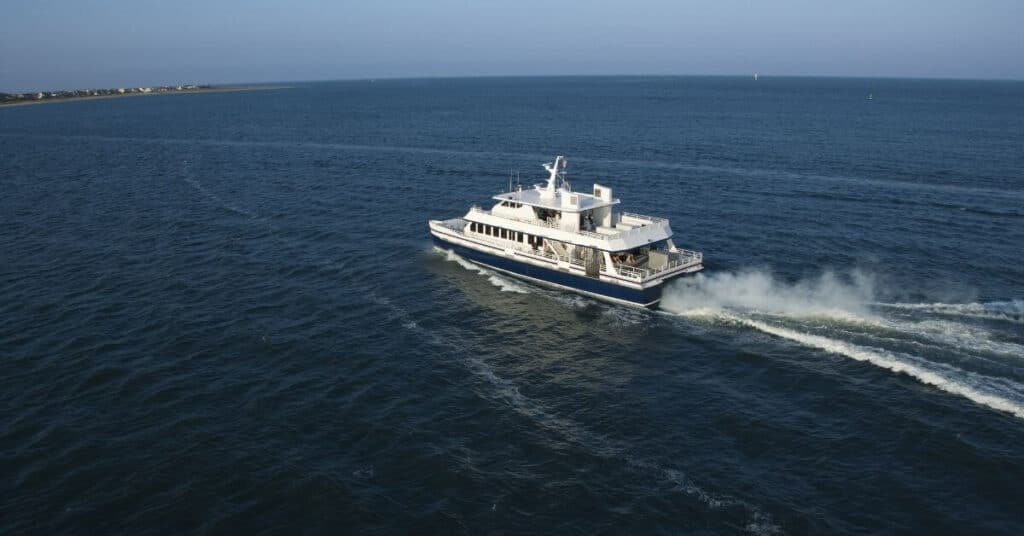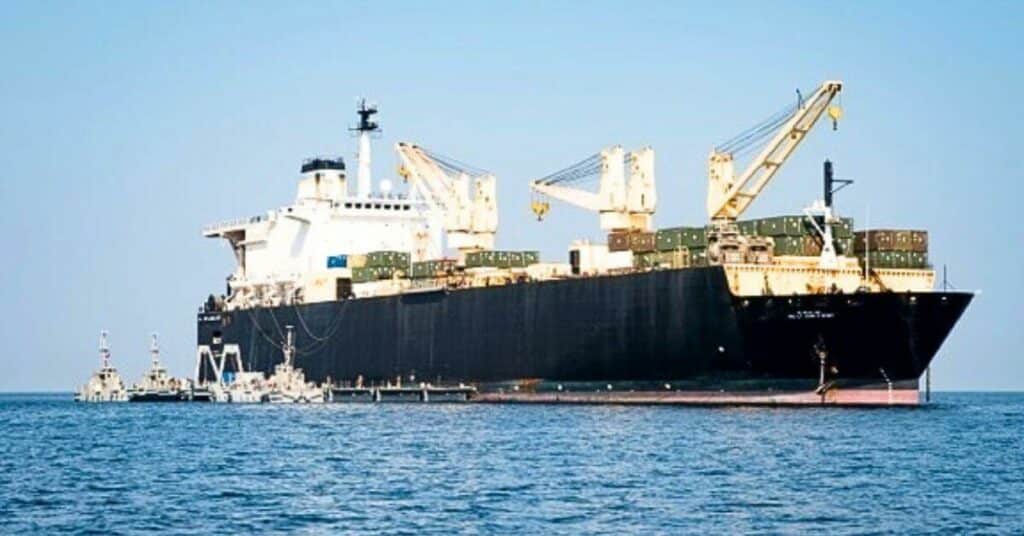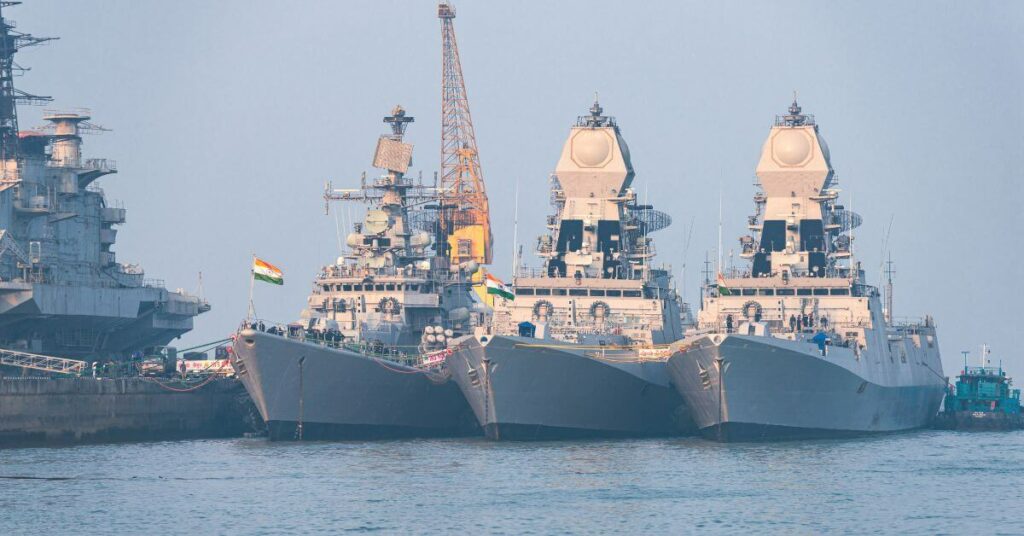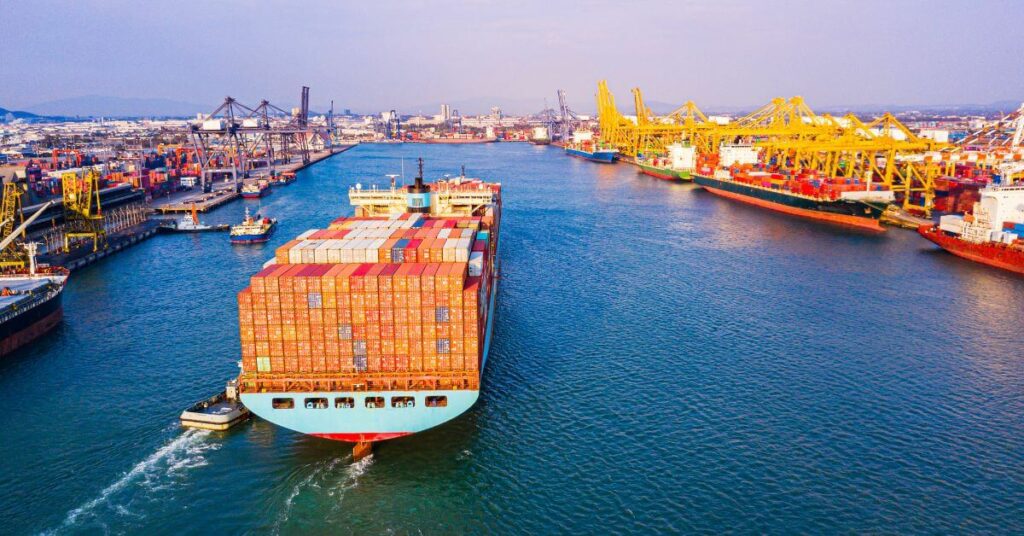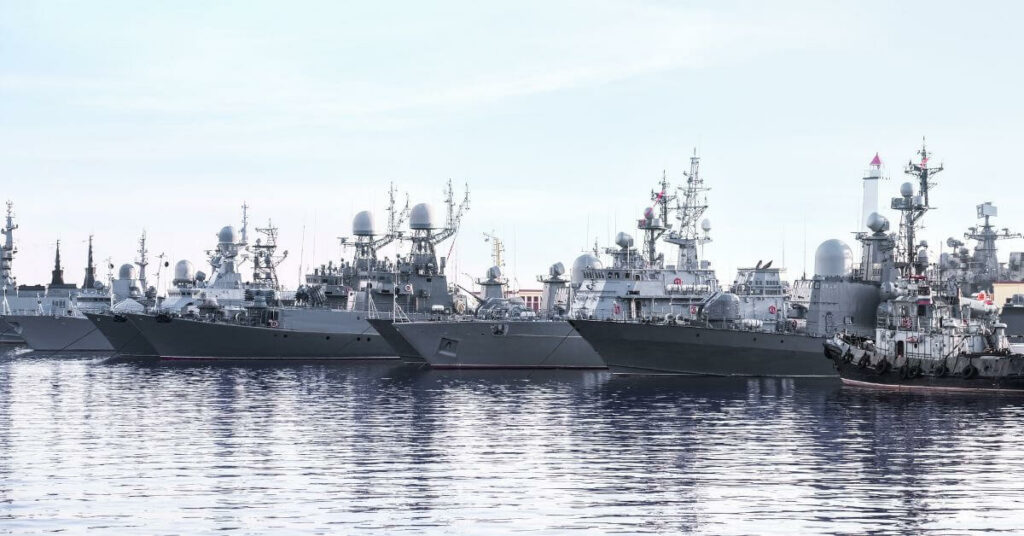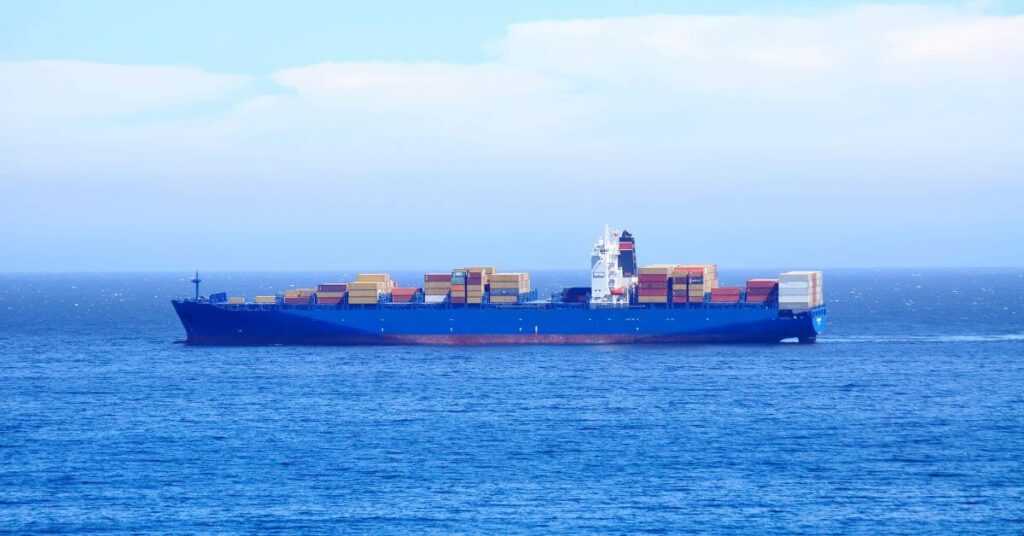Researchers Identify 5000 New Species In Future Mining Hotspot
The Clarion-Clipperton Zone (CCZ) is a vast, mineral-rich area of the Pacific Ocean, spanning about six million sq. km to Mexico from Hawaii (almost twice India’s size), which has been divided and assigned to firms for deep-sea mining in the future.
To clarify how the mining operations could be impacting biodiversity, a team of specialists headed by the Natural History Museum (famous as the NHM) in London has compiled the species records from earlier sea expeditions to the region and estimated that CCZ is at present home to about 5,578 different species. Of these, 88 to 92% are completely new to science.
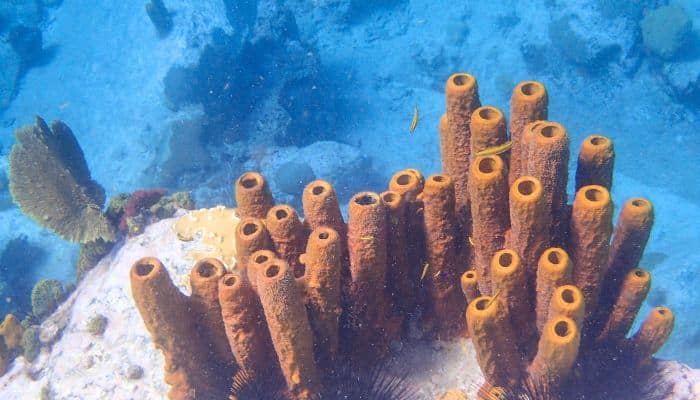
In various expeditions, scientists have tried using different advanced techniques, ranging from the use of remote-controlled vehicles that can traverse the ocean floor to sturdy boxes that can land on the bottom of the ocean for “box core sampling.”
By examining over 100,000 records of creatures in the CCZ during such deep-sea expeditions, the researchers discovered that only six of the new species found in this region – including a sea cucumber, a carnivorous sponge, and a nematode – have previously been seen in other regions.
The most common kinds of animals seen in the CCZ were arthropods (invertebrates having segmented joints), echinoderms (spiny invertebrates like sea urchins), worms, and sponges.
In their future research, the scientists plan on increasing cohesive, multidisciplinary, and collaborative research to understand the biodiversity of CCZ better. Learning more about the newly discovered species and the connection those share with their environment could help specialists better understand all kinds of risks involved in future mining activities.
A little more about deep-sea mining
It is how mineral resources are extracted from the ocean floor. This includes massive seafloor sulfide deposits, cobalt-rich ferromanganese crusts, and polymetallic nodules.
As the resources become more difficult to find and access on land, and as technology and capabilities to operate at great depths enhance interest in deep-sea mining has significantly gone up.
Types of deep-sea mining:
Seafloor Massive Sulphides (also famous as SMS)
SMS are loaded with lead, copper, zinc, silver, and gold. They are formed by hot springs on the seafloor close to the volcanically active zones, like the “black smokers”.
Polymetallic Nodules
Also called manganese nodules are typically rock concretions embedded on the seafloor that comprise valuable metals like nickel, manganese, copper, and cobalt. They are commonly seen in the Pacific Ocean.
Cobalt-heavy Crusts
As understandable from the name, these crusts are loaded with cobalt but contain nickel, copper, and platinum. They form on the flanks and summits of seamounts.
Environmental concerns:
Biodiversity loss
The deep sea is home to many species that aren’t even known to science. Mining operations could destroy or completely disturb habitats and species.
Sediment plumes
As machines extract the minerals from the seafloor, they give out sediment plumes, which can spread over significantly large areas, suffocating marine life and disrupting the marine food chain.
Light and noise pollution
Mining operations would introduce light and noise into the dark and quiet deep-sea environment, with unknown effects on species that survive there.
Unknown long-term effects
Until now, the deep sea is the least-understood ecosystem on the planet. It is hard to predict the long-term impacts of mining, especially given that the operations would likely continue for several decades.
References: Aljazeera, The Guardian, Earth
Disclaimer :
The information contained in this website is for general information purposes only. While we endeavour to keep the information up to date and correct, we make no representations or warranties of any kind, express or implied, about the completeness, accuracy, reliability, suitability or availability with respect to the website or the information, products, services, or related graphics contained on the website for any purpose. Any reliance you place on such information is therefore strictly at your own risk.
In no event will we be liable for any loss or damage including without limitation, indirect or consequential loss or damage, or any loss or damage whatsoever arising from loss of data or profits arising out of, or in connection with, the use of this website.
Disclaimer :
The information contained in this website is for general information purposes only. While we endeavour to keep the information up to date and correct, we make no representations or warranties of any kind, express or implied, about the completeness, accuracy, reliability, suitability or availability with respect to the website or the information, products, services, or related graphics contained on the website for any purpose. Any reliance you place on such information is therefore strictly at your own risk.
Do you have info to share with us ? Suggest a correction
About Author
Marine Insight News Network is a premier source for up-to-date, comprehensive, and insightful coverage of the maritime industry. Dedicated to offering the latest news, trends, and analyses in shipping, marine technology, regulations, and global maritime affairs, Marine Insight News Network prides itself on delivering accurate, engaging, and relevant information.

About Author
Marine Insight News Network is a premier source for up-to-date, comprehensive, and insightful coverage of the maritime industry. Dedicated to offering the latest news, trends, and analyses in shipping, marine technology, regulations, and global maritime affairs, Marine Insight News Network prides itself on delivering accurate, engaging, and relevant information.
Latest Shipping News Articles You Would Like:
Subscribe To Our Newsletters
By subscribing, you agree to our Privacy Policy and may receive occasional deal communications; you can unsubscribe anytime.
Web Stories




